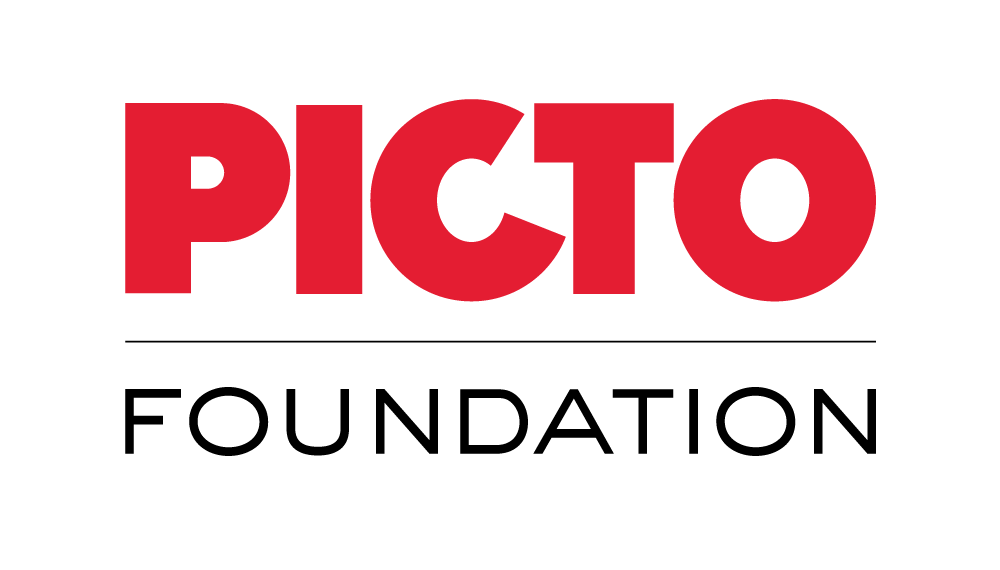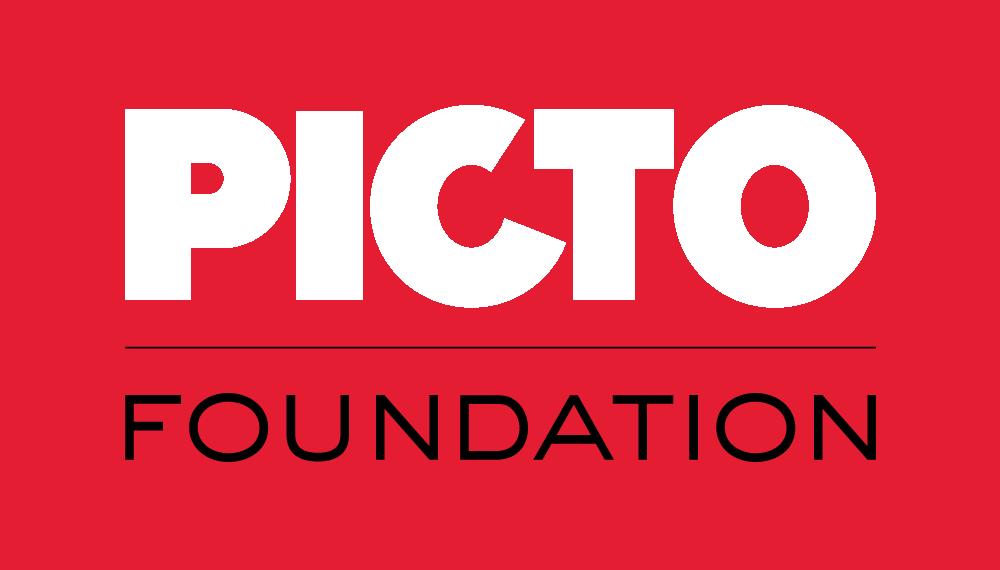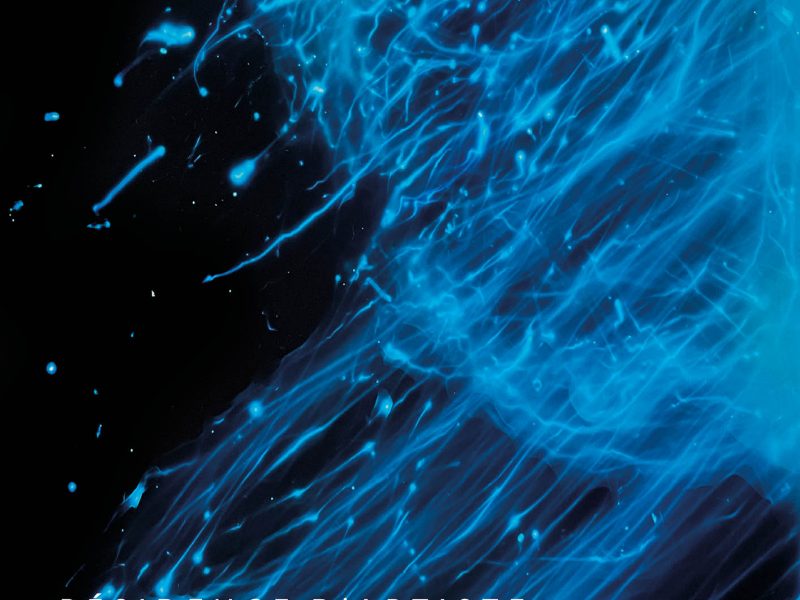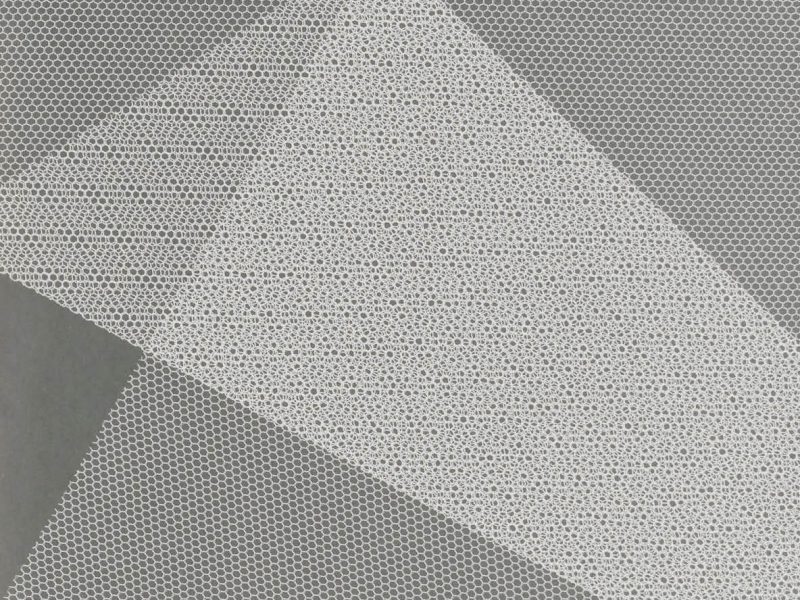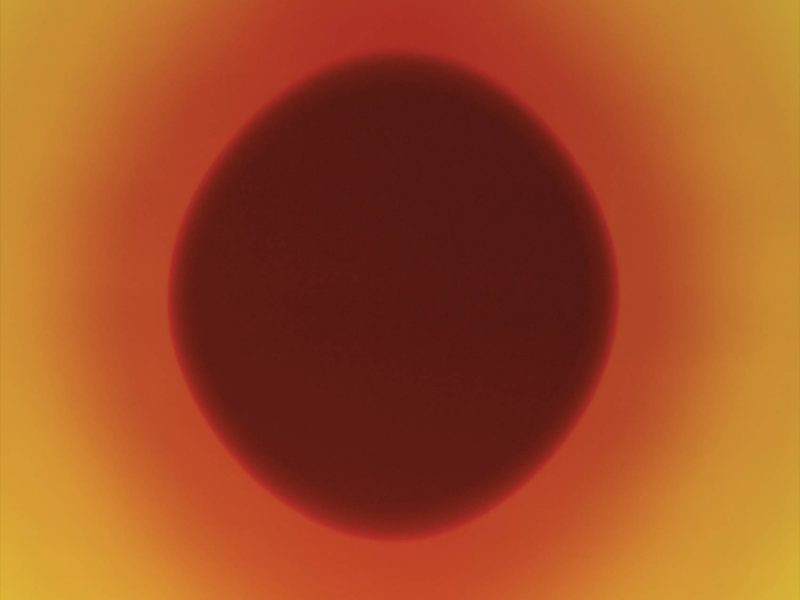Interview with Aria Shahrokhshahi, winner of the 2025 Bourse du Talent
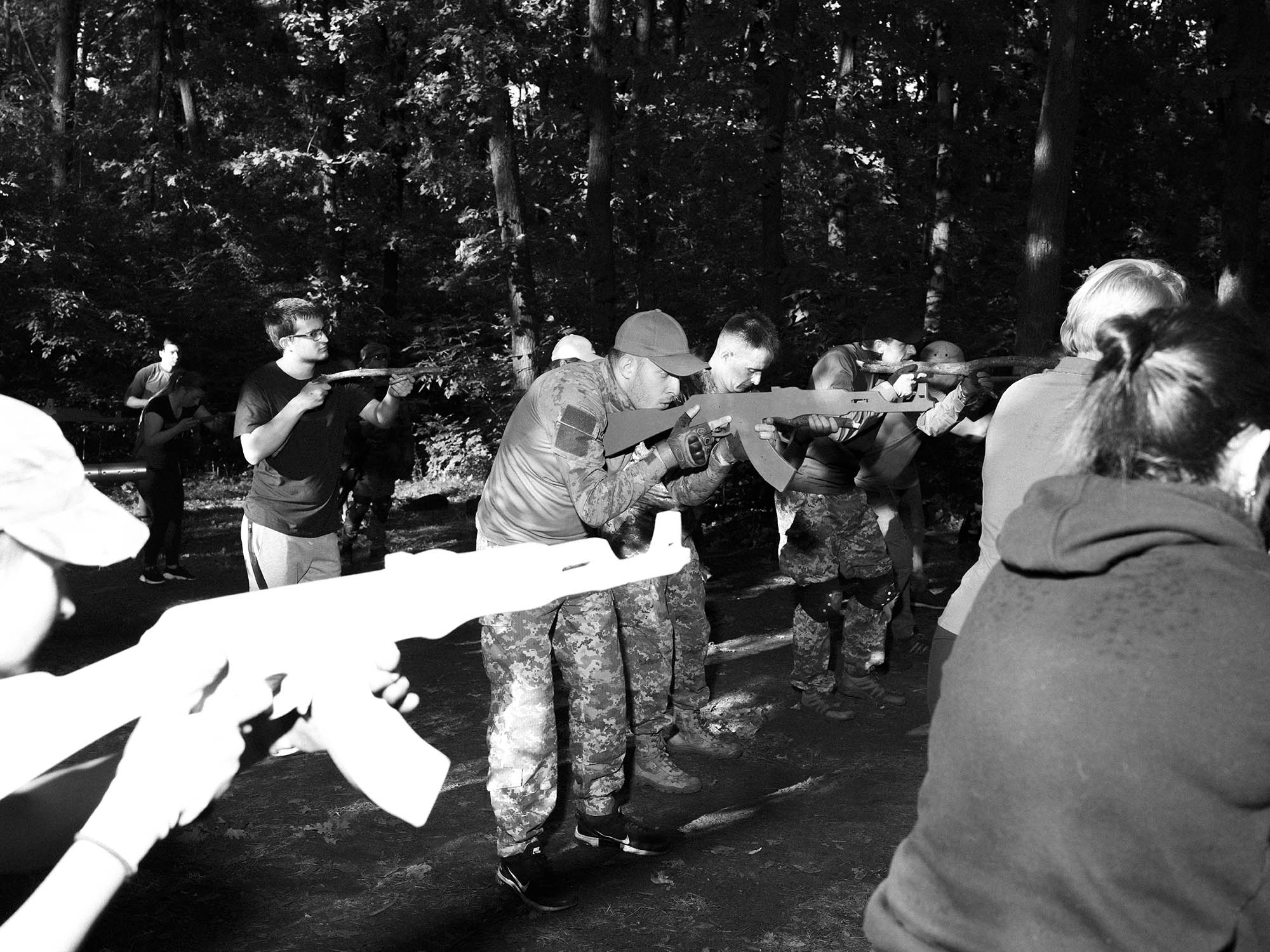
Focusing on new documentary approaches, the Bourse du Talent selects young photographers to continue to tell the story of our world while incorporating the evolution of the forms and constraints of image mediation. The Bourse du Talent jury met in Arles during the opening week of the Rencontres d’Arles to select its three new winners: Sasha Mongin, Santanu Dey and Aria Shahrokhshahi.
In 2025, MPB, Europe’s top camera reseller, becomes the main partner of Bourse du Talent, a historic programme to help emerging talent that has been supported by PICTO for 25 years
Reflection on Aria’s Life and Artistic Journey
Congratulations on this award. What does this recognition mean to you? / How did you react to the announcement of your selection among the laureates?
Firstly, thank you. It’s always a bit surreal to receive recognition for your work. especially for a body of work that comes from a very personal place rather than with any thought of awards or accolades in mind. When I found out, I felt grateful but also immediately thought of the all my friends and people who have help make the work possible in Ukraine who have opened their homes and lives to me over these years. The recognition feels like it belongs to them just as much as it does to me, and I hope they feel the work does them justice.
In what ways could this recognition impact the next steps of your professional journey?
For me, the most valuable thing about this award is the opportunity it gives to reach more people, to share Ukraine’s story, to take a different look at representation of Ukraine and this war and to speak about the resilience and the beauty in everyday life behind the headlines.
If this recognition helps me continue raising funds for rebuilding homes and supporting children, or opens doors for future exhibitions and collaborations, then that’s the best impact it can have.
Could you tell us about your background: how did you come to photography and documentary photography?
I came to photography out of a mix of curiosity and restlessness. As a teenager I worked in kitchens and behind bars, saving every spare bit of cash until I could buy my first camera a Canon 600D. I still remember unboxing it in my dads house. I didn’t really know what I was doing, but I felt immediately that it could be a passport into other people’s worlds.
I started by walking around Nottingham on my lunch breaks, stopping strangers and asking to make their portraits. I wasn’t looking for anything “important”; I just wanted to know what somebody’s living room looked like, what their walls said about them,the little things that make us, us. . I think that’s still at the core of what I do: a curiosity about how people live, the structures we build around ourselves.
I didn’t have any formal training. My education came from spending time with people — sometimes just sitting in their kitchens for hours before ever making a picture. Later I discovered photographers like Tim Hetherington, Carolyn Drake, Rineke Dijkstra, Gregory Halpern. Their work showed me that a photograph could be more than evidence; it could be a kind of poem, a fragment that hints at a whole inner life.
A major turning point came when I was 17. I was travelling to a wedding in Lille and we passed the Calais “Jungle” camp. I speak Farsi, so I was able to talk to many of the people there — Iranians, Afghans, Kurds. They reminded me so strongly of my own father, who had migrated to the UK before the Iranian Revolution. That was the seed of my first long-term project, and it set a feeling that images live in collections, series, sequences over single images.
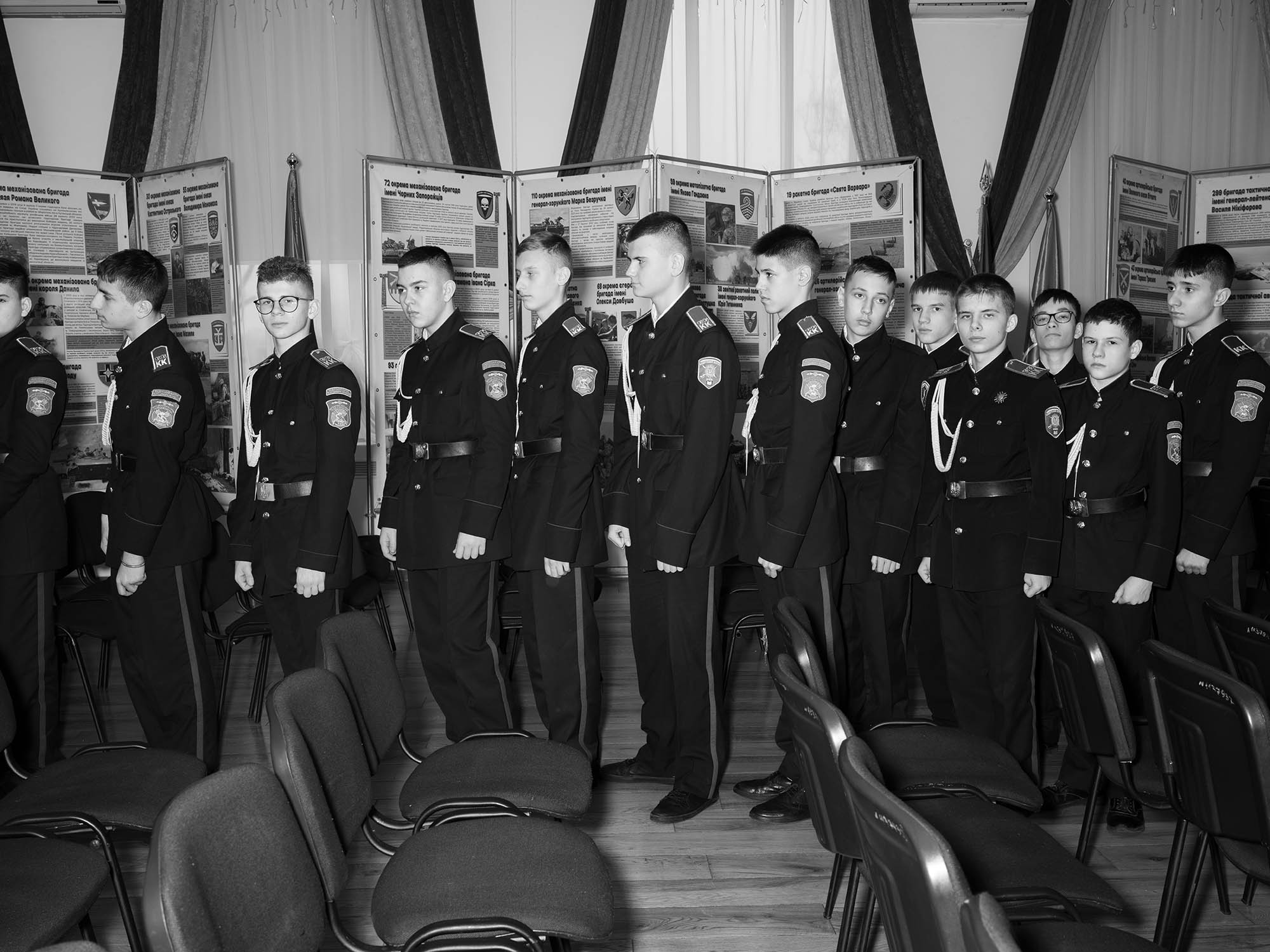
Presentation of Wet Ground’s Project
Wet Ground is a long-term project I began in Ukraine in 2019. At that time I had just finished a period of working in Iran. I was looking for somewhere to commit to,. Friends kept telling me about the creative scene in Kyiv after the 2014 Revolution of Dignity — the music, the art, the sense of possibility and I wanted to witness that cultural moment.
The first trips were about exploration: making friends, photographing in bars, in people’s flats, in villages, I was drawn to Ukraine because it felt like a country in the process of redefining itself after decades of being seen mainly through a Soviet lens.
When the full-scale invasion began in February 2022, the whole meaning of the work shifted overnight. I didn’t want to become a “war photographer” I’m not interested in the theatre of front-line images, but it would have been dishonest to pretend the war wasn’t shaping everything. The project became about the beauty in the everyday that exists in a time of chaos, about how landscapes, homes and gestures carry memory.
Over the last three years I’ve been rebuilding houses in liberated areas, working with children near the front, and evacuating civilians with a local NGO BASE UA.
These experiences have inevitably seeped into the pictures, but in a much less literal sense. I try to photograph not the war itself, but the damp walls after the flood, the imprint left when something heavy has been lifted, the way people return to ordinary rituals despite extraordinary circumstances. Wet ground is constantly shifting, its unstable, you can’t grow or build on wet ground.
What was your initial intention, and how did you translate it visually?
At the beginning my intention was to understand a place that had been repeatedly denied the chance to define itself on its own terms. Ukraine has endured a century of upheaval famine, Soviet repression, Nazi occupation, the Holodomor, Chernobyl, revolutions, the war in Donbas — yet in 2019 I felt a strong sense that it was finally ready to flourish. I wanted to witness that emergence, to show daily life in all its complexity, hope and beauty.
In that sense the work isn’t just about documenting; it’s about translating a feeling and attempting to spark a curiosity, what does a strip club 15km from the frontlin elook like, how can i represent pain, loss, joy, without directly “showing it” That’s what I try to translate visually.
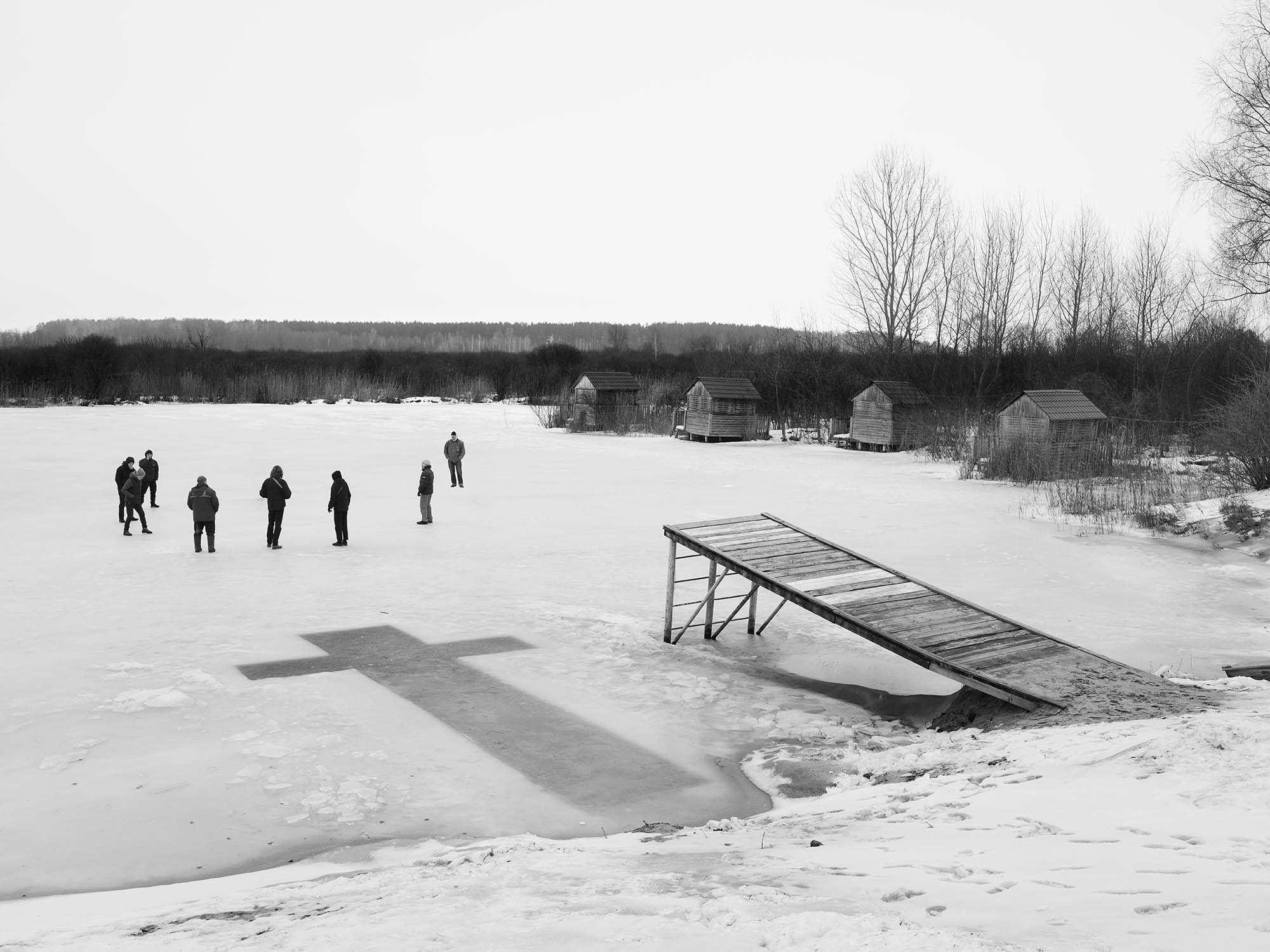
MPB asks:
What is your relationship with photographic equipment?
My Focus used to be very much on equipment, now I view it more as what is the best tool for the job, I wouldn’t use a screwdriver to put in a nail! Or a drill to paint a wall, so whatever the work demands that that’s what I use.
What equipment did you use to carry out this project?
A mix of a 5×4 canham LF camera and a fuji gfx50mk2 with the following flashes, ProfotoB10, Profoto A1x, elinchrom Ranger and following lenses·, 80mm, 45mm, 23mm, 105mm
Are you more attached to a particular type of camera or lens, or do you like to vary depending on the project? Do you plan to change your equipment in the near future?
Each project is almost always using a different sort of camera, I’m not that interested in equipment these days, I used to be absolutely obsessed with cameras and equipment when I first started with photography, now I’m much more focused on which is the best tool to communicate the feeling or a message that I’m after. Maybe my next project will be totally digital or totally analog, ill cross that bridge when i get to it.
When smartphones with cameras appeared, many predicted the death of photography.
On the contrary, the equipment sector, particularly the second-hand market, has only grown stronger. In your opinion, what forces will shape the photography sector over the next 15 years.
Over the next 15 years, I imagine two forces will shape the field. One is accessibility and sustainability — the second-hand market will hopefully keep growing, as people are becoming more conscious of waste and also realize that a five-year-old camera can still produce extraordinary work.
The other is trust in the image. With the rise of generated imagery, I imagine the value of a verifiable photograph, real human storytelling, something tethered to a real place, person, event, a real negative or raw file will only increase. I suspect we’ll see more emphasis on authenticity, archiving, and provenance, and a renewed interest in prints and physical processes as a way of anchoring the image in reality. On the other hand I think that it was Jean opened the doors to so many interesting kinds of processes and visual art forms and I’m excited to see it.
I think the real force shaping photography will remain the same as it’s always been: the photographer’s ability to look with curiosity and empathy. The technology will keep evolving, what matters is the intention behind it.
What are your upcoming projects after this award?
The next immediate step is Sketchbook Vol. 3, opening in London, October 9th at 10-14 gallery. It’s the continuation of a fundraising exhibition series I started in 2023: each volume combines Focus on a different aspect of the wider work, for volume three it is my photographs with drawings made by children living close to the front line in Ukraine. All proceeds go back into supporting those kids and their communities, so it’s both an exhibition and a way of building something tangible for them.
At the same time, I’m finalizing the book of Wet Ground with a publisher I’ve admired for years. The book will bring together six years of work in Ukraine, pairing photographs with fragments of diaries, letters, and archival materials. The aim is to publish it next year, Spring 2026.
Alongside the still images, I’m directing my first feature-length documentary, While We Heal, We’re aiming for a 2026 premiere.
Beyond that, I’m developing a long-term body of work in Iran, tracing my own family’s history and he wider story of migration and memory there. It feels like the natural counterpart to my Ukrainian work and something I hope to dedicate many years to.
If you had to give advice to a young artist who is hesitant to start, what would it be?
I would say very simply, just make as much work as you possibly can whenever you can, don’t focus on perfection but focus on building your craft, learning genuinely never stops, reach out to your favourite photographers and artists and ask them for a coffee, and before starting a long-term project understand and make sure you’re willing to dedicate a huge amount of your time to it make sure you’re willing to miss those meals out pubs with friends, birthdays to make it work.
A program

made possible thanks to the support of our main partner
and our other partners
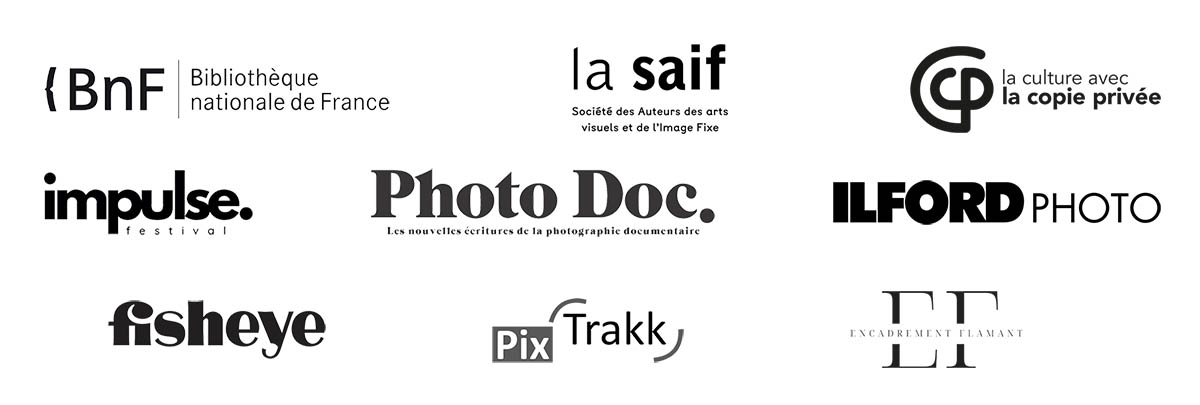
Upcoming exhibition
La Photographie à tout prix
From December 15, 2025
BnF – François-Mitterrand
Quai François Mauriac
75013 Paris – France
